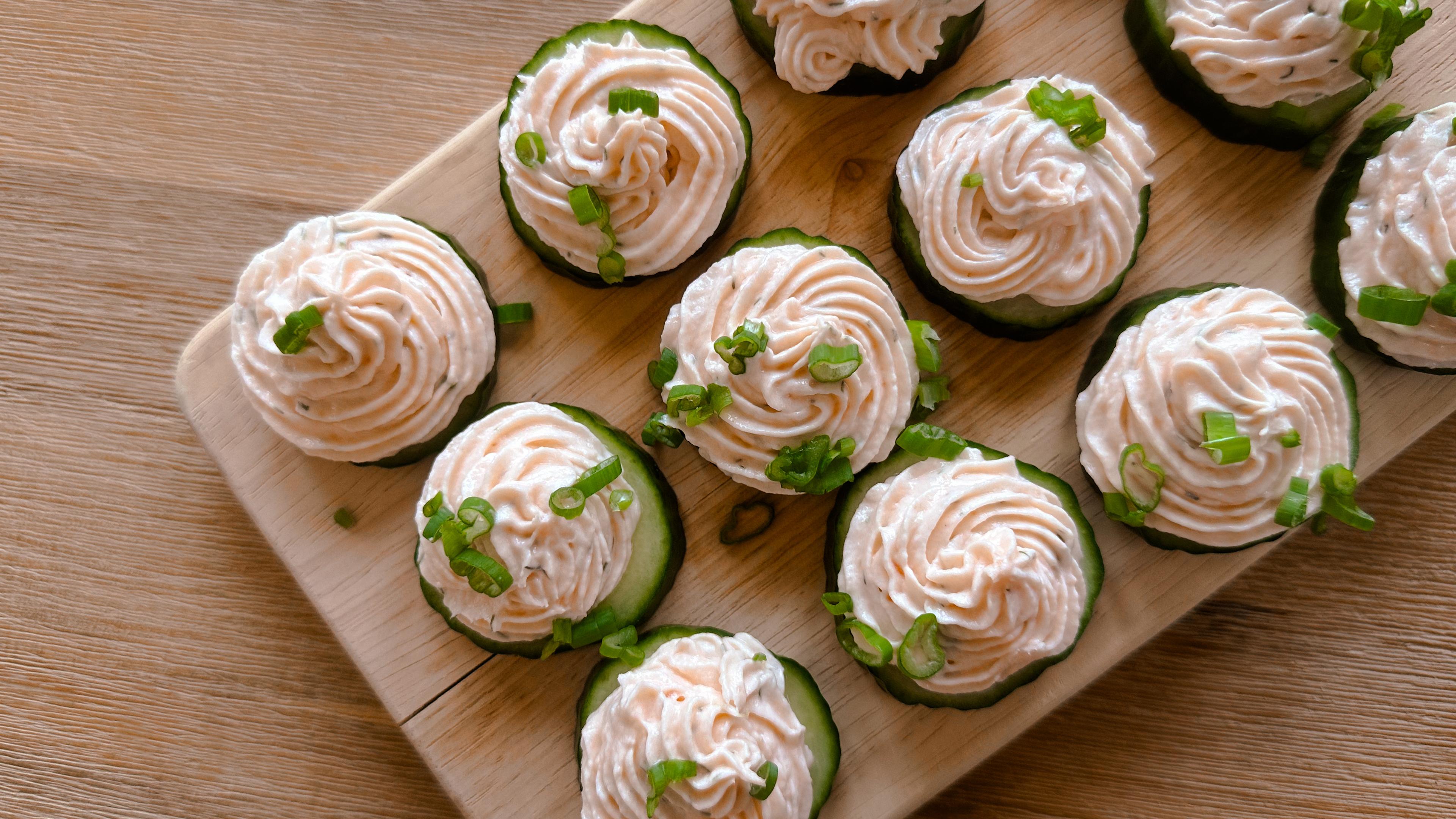How Nutrition Guidance Has Evolved from These '90s Trends
Shandra Martinez
| 4 min read

For some of us who lived through the 1990s, looking back on the decade before the millennium shift might seem like a blur. But these ‘90s fads might bring it all back: Tickle Me Elmo was a hugely popular toy; kids wore slap bracelets and scrunchies were all the rage as a hair accessory. Toys and fashion have changed since then, and so has the health research we use to keep ourselves looking and feeling better. So, hop in the time machine. We’re going to take a trip back a few decades to see how nutrition guidance has evolved from some of the biggest trends of the ‘90s.
It’s probably no surprise that some of the hottest food, beverage and health trends that filled store shelves and lifestyle magazines in the ‘90s have all but disappeared. If some of these are still around, they’ve likely evolved into healthier versions of their old selves. Let’s round up some of these old trends so we can see how far we’ve come in our quest to surround ourselves with nutritious meals and snacks.
Cereal bars. Soft, dry and sometimes fruit-filled bars that could be tossed into lunches or eaten on the go seemed like the ultimate ‘90s convenience food. Nutri-Grain bars had a big chunk of the breakfast and snack bar market, though it was hardly the only brand filling grocery carts. People loved the grab-and-go ease. But there was a lot of added sugar in these, and not much fiber or whole grains. Since then, the clean-eating movement has pushed a lot of these snack bars to the side. What’s replaced them? Bars that have just a few ingredients, are lower in sugar and are minimally processed. These are seen as more nutritious options.
Gummy fruit. Marketed as a low-fat “fruit snack,” these flavored gelatin lumps were more like candy. They were a lunch staple for a lot of kids in the ‘90s and were often passed out after sports games as a snack. Most had little nutritional value and lots of extra sugar. One news article looking back on this fruit snack trend called it the “candification” of fruit.
Juice boxes and pouches. These small boxes and thin foil pouches fit easily into kids’ hands – and became a popular replacement for water. That was a nutritional nose-dive. While lots of these products were marketed as “juice,” there was often more sugar or high-fructose corn syrup in these drinks than juice concentrate. These days, the trend has evolved into healthier no-calorie, no-sugar sparkling waters with natural flavoring.
Olestra. This was a fad with uncomfortable consequences no one saw coming, not even the FDA. After the government approved the use of Olean, a chemical that was supposed to be used in place of fat, snack companies jumped on board. This included a big potato chip brand that rolled out a new line of chips made with the generic version of Olean, called Olestra. Discomfort ensued. Specifically, Olestra caused people to report gastrointestinal issues. Time magazine later pegged Olestra as one of the 50 worst inventions. These days, processed snack foods are not seen as a healthy addition to any diet. If you eat them, it should be sparingly.
Low-fat fads. The ‘90s were the decade devoted to lots of low-fat diets. Any kind of fat – even the good, heart-healthy kinds found in avocados and fatty fish like salmon – were considered an enemy to good health by many people. Fad dieters embraced low-fat foods of all kinds, not paying attention to the added sugars so many of them had to make them taste better. These days, people know healthy fats found in nuts, whole eggs, dark chocolate and other foods are part of a nutritious diet.
Way too many carbs. The hyper-focus on carbohydrates in the ‘90s is now blamed on a faulty and carb-heavy Food Pyramid touted by the USDA. Posters of this pyramid, affixed on nearly every pediatrician’s door in the ‘90s, encouraged people to eat anywhere from six to 11 servings of carbs each day. But this meant people were loading their plates with too many starches and calories. These days, the USDA has switched to touting MyPlate Food Groups, which show what meals and snacks should look like.
Related:
Photo credit: Getty Images





